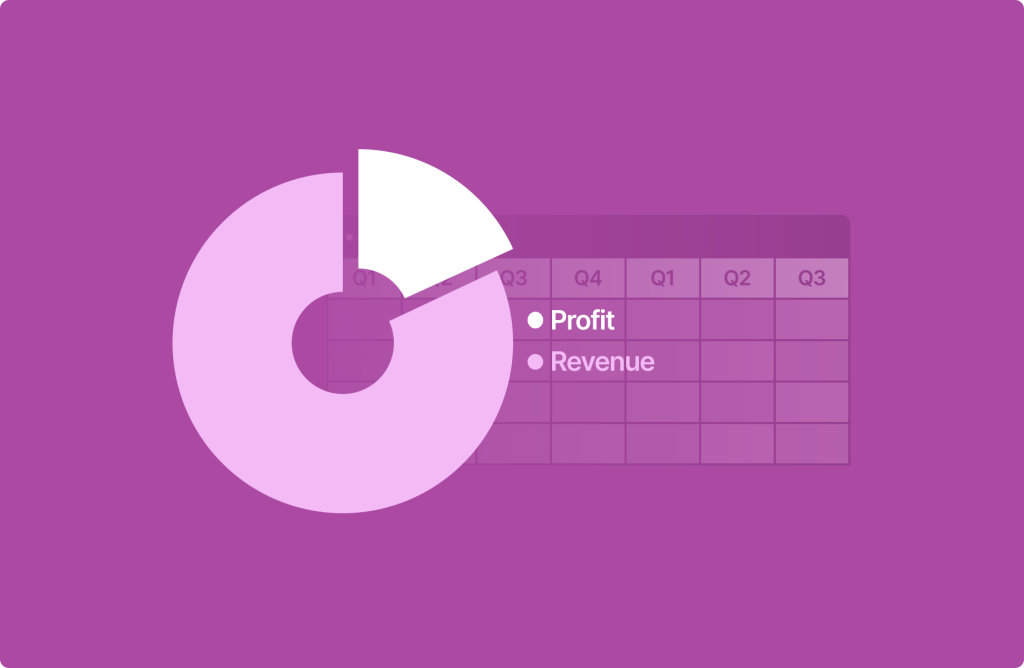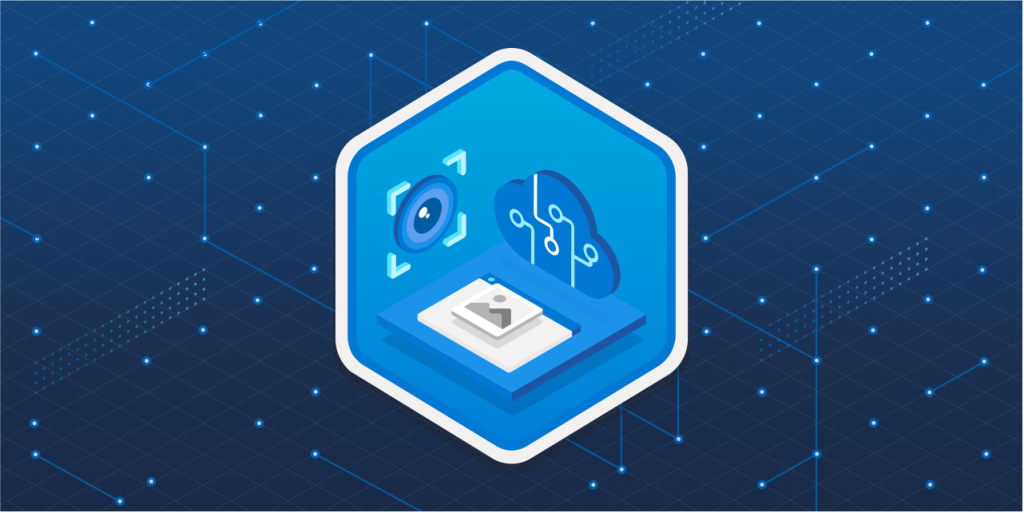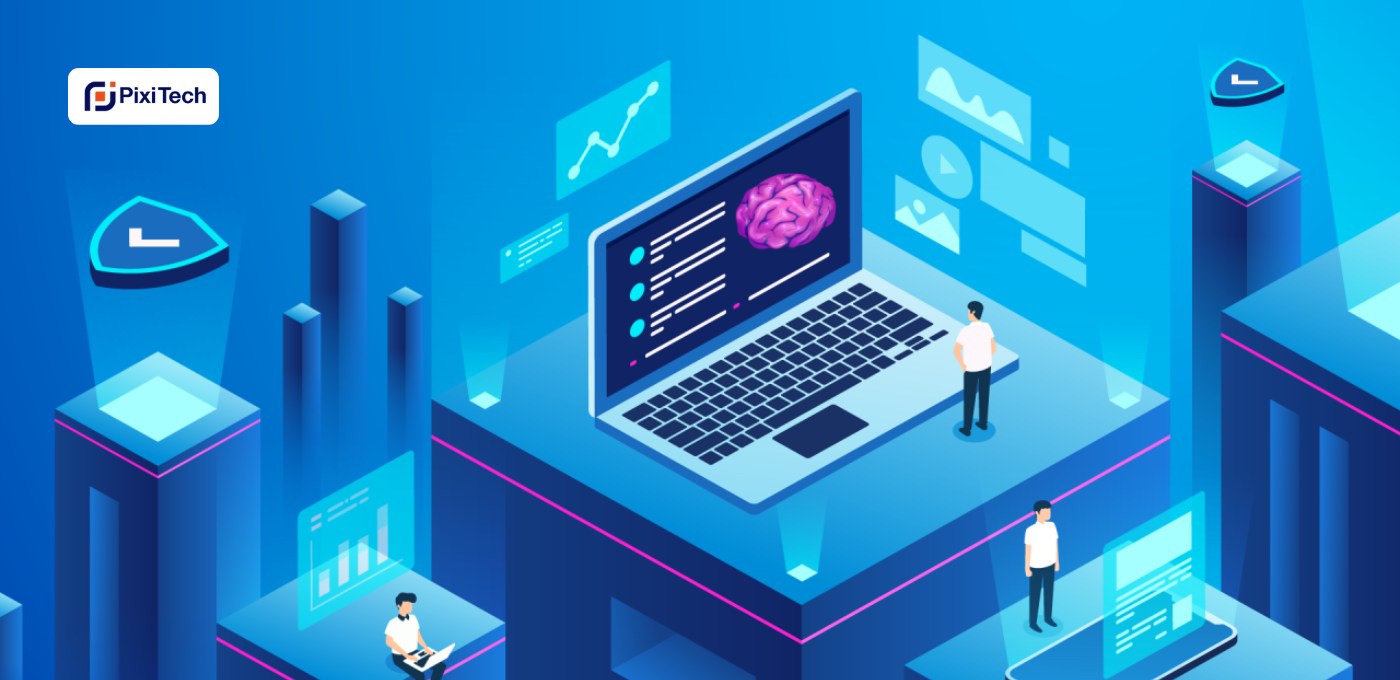In the vast and wild jungle of artificial intelligence, the idea of building your own AI model might sound like a bold adventure – the hero's journey into the unknown. But hold on to your hats, because there's an oasis in this jungle, and it comes in the form of pre-built AI models. Today, we're about to explore why sometimes, trading the hard hat for the comfy couch of a pre-built model might be the game-changing move you didn't know you needed.
The Time Crunch Tango
Building your own AI model can be like attempting to bake a cake from scratch when you're already craving a slice. It takes time – a lot of it. From gathering the right ingredients (read: data) to fine-tuning the recipe (code), the clock keeps ticking.
Now, envisage an alternative scenario – the realm of pre-built models, the AI equivalent of ready-made cakes. It's not about compromising quality for convenience; rather, it's about bypassing the laborious process and indulging in the final, delectable outcome. Why invest hours kneading the code dough when you can relish a sophisticated AI solution in a fraction of the time?
- Example: Delve into the domain of natural language processing (NLP). Constructing an NLP model from scratch involves intricate language comprehension, tokenization intricacies, and the design of model architecture. Conversely, pre-built models such as OpenAI's GPT (Generative Pre-trained Transformer) series or Hugging Face's Transformers library offer advanced language capabilities without necessitating the reinvention of linguistic principles.

- Statistics: According to a survey conducted by GradientCrescent, the average timeframe for developing a custom AI model from scratch, contingent on complexity, spans from three to six months. In contrast, leveraging pre-built models can significantly truncate this timeframe, often yielding results in a matter of weeks or even days. This not only expedites the time-to-market but also mitigates the resource-intensive nature associated with bespoke model development.
Budget-Friendly Bliss
Picture this: You're on a shoestring budget, dreaming of AI greatness. Building your own model? It's like planning a lavish feast when all you've got is a bag of groceries. Pre-built models, on the other hand, are the value menu of AI. They offer a taste of sophistication without burning a hole in your pocket. Who said AI had to be a luxury reserved for the tech elites?
According to a survey conducted by O'Reilly, a prominent learning company, 85% of AI professionals find it challenging to develop AI models due to factors like cost and complexity. This underscores the financial and resource-intensive nature of building AI models from scratch.

In contrast, studies have shown that leveraging pre-built models can result in significant cost savings. For instance, a report by McKinsey suggests that using pre-built AI models can lead to up to a 30% reduction in overall AI project costs. This includes factors like development time, infrastructure, and the resources required for training and fine-tuning. Moreover, according to a survey by Deloitte, 65% of organizations using pre-built AI models reported faster deployment times compared to those building custom solutions.
- Example: Take Google Cloud's Vision AI or AWS Rekognition – these pre-built models serve up powerful image recognition without demanding a small fortune.
Skillset Dilemma – DIY or Delegate?
Now, let's talk about skill sets. Building your own AI model requires a mastery of the AI arts – from coding wizardry to data sorcery. It's like deciding to paint a masterpiece when you've just mastered stick figures. Pre-built models let you sidestep this skillset dilemma. No need to be the AI Da Vinci; let the pre-built Picassos do the heavy lifting while you focus on what you do best.
Consider the domain of computer vision, a complex field within AI that involves understanding and interpreting visual information. Building a computer vision model from scratch requires expertise in image processing, neural network architecture, and extensive coding skills. On the flip side, leveraging pre-built models such as Google's Vision AI or Microsoft Azure's Computer Vision API allows developers and businesses to harness the power of computer vision without becoming seasoned computer vision scientists.

- Statistics: According to a survey by Stack Overflow, a platform widely used by developers, Python remains the most commonly used language among machine learning and AI practitioners. However, mastering Python and its associated libraries like TensorFlow and PyTorch requires significant time and effort. On the contrary, pre-built models often come with user-friendly APIs, allowing developers with basic programming skills to integrate sophisticated AI capabilities into their applications without delving deep into the intricacies of the underlying technology.
Updates and Upgrades Sans the Headache
In the ever-evolving realm of AI, staying up-to-date is like chasing a technological mirage. Building your own model means facing the constant pressure to keep it relevant and effective. Pre-built models, however, come with their own tech support – updates and upgrades delivered to your doorstep without you breaking a sweat. It's like having a personal AI butler who ensures your tech stays dapper.
- Example: Hugging Face Transformers or TensorFlow Hub – these platforms offer a buffet of pre-trained models, constantly updated to keep you in the AI vogue.
In the grand scheme of AI, building your model is an admirable quest, but sometimes, it's okay to trade the knight's armor for a cozy robe. Pre-built models offer a shortcut to AI glory without the long and winding road. So, consider kicking back, grabbing a pre-built model, and letting the AI magic unfold with minimum hassle and maximum results.

